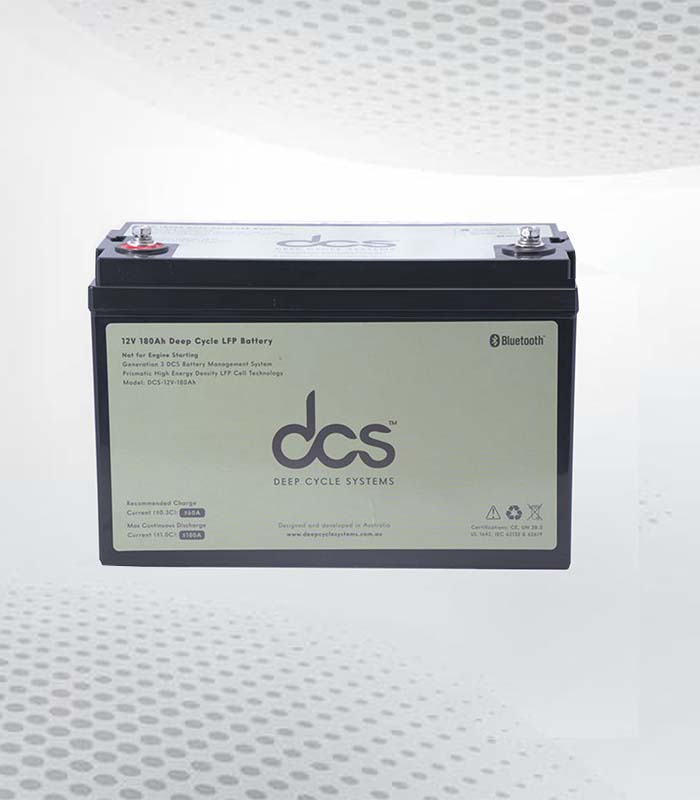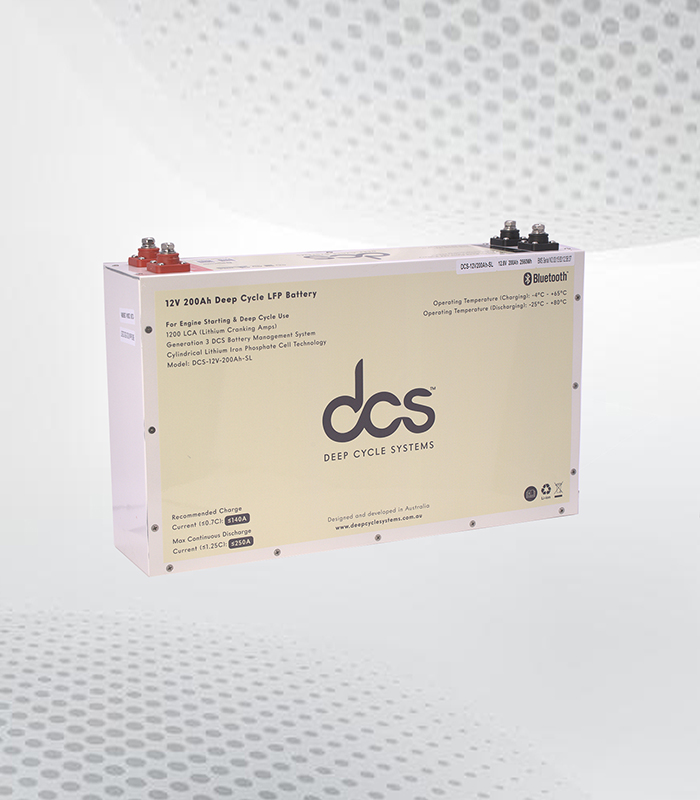Navigating the roads of Australia can be a thrilling experience, especially with the stunning landscapes and vast outback. However, adhering to speed limits and traffic regulations is crucial to ensure safety and avoid hefty fines. For many drivers in Australia, a radar detector Australia is a valuable tool to help them stay informed about speed enforcement measures. In this post, we’ll delve into everything you need to know about radar detectors, their legality, how they function, and the best options available today.
Understanding the Legal Landscape for Radar Detectors in Australia
Australia’s legal landscape for radar detectors is complex and varies significantly between states. In New South Wales and Victoria, radar detectors are strictly prohibited for private vehicles, with penalties for possession or use, including fines and the potential for vehicle confiscation. Conversely, radar detectors are permitted in states like Queensland, giving drivers a legal advantage to stay informed about speed enforcement. Other states may have varying regulations, so it’s crucial to check the specific laws in your area before purchasing or using a radar detector.
It’s also worth noting that even in states where radar detectors are legal, they must be used responsibly. Law enforcement agencies may still take a dim view of their use, especially if it’s perceived that a driver is habitually using the device to disregard speed limits. Some regions are known for periodic legislative changes regarding road safety equipment, so staying updated on the latest laws is a wise practice for all drivers.
Additionally, certain radar detector models may be better suited to Australian roads because they can filter out false alerts commonly caused by non-enforcement sources like automatic doors. As a driver, ensuring your radar detector is optimized for the local environment can enhance its effectiveness and ensure you remain compliant with any legal stipulations regarding its use.
How Radar Detectors Work and What They Detect
Radar detectors identify the radio waves emitted by law enforcement radar guns commonly used to measure vehicle speed. These detectors are equipped with sensitive antennas that pick up various frequency bands associated with radar signals. When a radar detector identifies these signals, it alerts the driver through audible beeps or visual indicators, allowing for timely awareness of potential speed traps. Modern radar detectors are designed to distinguish between different types of radar signals.
The most common signals include the K-band and Ki-band, frequently used in speed enforcement. Some advanced models also offer laser detection capabilities, providing an additional layer of security against speed monitoring technologies. Many radar detectors come with advanced filtering systems to reduce the incidence of false alerts, which can be triggered by non-enforcement sources such as automatic doors or other electronic devices.
These systems help minimize unnecessary distractions and ensure that alerts are relevant and timely. By focusing on specific frequencies and filtering out irrelevant signals, radar detectors can offer a more precise and reliable means of staying informed about speed enforcement activities. In addition, some radar detectors feature GPS integration, which can provide real-time updates on known speed camera locations and other relevant traffic information. This integration helps drivers stay informed and better prepared for potential speed traps and enforcement zones.
The Benefits and Drawbacks of Using Radar Detectors
Using a radar detector offers multiple benefits, such as increased awareness of speed traps and potential fines and promoting more mindful driving habits. These devices can significantly reduce anxiety for long-distance travelers by providing timely alerts when approaching speed enforcement zones, leading to smoother and less stressful journeys. Additionally, radar detectors often come with advanced features like GPS integration, which can help identify known speed camera locations and red-light cameras, further aiding in adherence to speed regulations.
However, there are several drawbacks to consider. Some drivers may become overly dependent on radar detectors, potentially neglecting the importance of consistently monitoring their speed. False alerts, triggered by non-enforcement sources such as automatic doors or other electronic devices, can also distract. These false alarms may lead to a “cry wolf” scenario, where drivers begin to ignore legitimate warnings.
Furthermore, even in regions where radar detectors are legal, law enforcement can frown upon their use, especially if perceived as a tool to evade speed limits habitually. Investing in a high-quality radar detector with advanced filtering capabilities can mitigate some of these drawbacks, but it’s crucial to maintain a balanced approach to using these devices. Understanding the advantages and potential pitfalls can help drivers decide whether a radar detector is the right choice for them.
Choosing the Best Radar Detector for Australian Roads
Selecting the best radar detector for Australian roads requires careful consideration of several key factors to ensure optimal performance and compliance with local regulations. Detection range and sensitivity are crucial, as they determine how far in advance you’ll be alerted to speed enforcement measures. Advanced filtering capabilities are also essential to minimize false alerts caused by non-threat sources, such as automatic doors and electronic devices.
Australian drivers highly regard brands like Valentine One, Escort, and Uniden for their reliable performance and advanced features. Look for models that offer GPS functionality, as this can enhance your detector’s effectiveness by providing real-time updates on known speed camera locations and red-light cameras. Additionally, some radar detectors have customizable settings that allow you to adjust alert sensitivity and filter modes based on your driving environment.
Investing in a high-quality radar detector with a good track record can provide peace of mind and help you stay informed about speed enforcement while on the road. It’s also beneficial to read reviews and user feedback to gauge how well a particular model performs under Australian driving conditions. By focusing on these critical aspects, you can find a radar detector that meets your needs and helps you maintain compliance with speed regulations.
Tips for Installing and Using Radar Detector Australia Effectively
Proper installation of your radar detector Australia is essential for optimal performance. Start by mounting the device on your windshield, ideally behind the rearview mirror, to ensure an unobstructed view of the road ahead. Ensure the detector is level and angled correctly to maximize its ability to pick up radar signals. Avoid placing the device in locations that might block its sensors, such as behind windshield wipers or tinted strips.
It’s crucial to hardwire the radar detector to your vehicle’s electrical system or use a reliable power source to ensure it doesn’t lose power unexpectedly. Familiarize yourself with the device’s settings and features to customize alerts based on your preferences. This might include adjusting the sensitivity levels or activating specific filter modes to minimize false alerts from non-enforcement sources.
If applicable, regularly update your radar detector’s firmware and database to stay informed about new speed cameras or changes in speed enforcement practices. Some models offer GPS integration, providing real-time updates on known speed traps and red-light cameras. Additionally, practice using the radar detector responsibly. Do not rely solely on the device for safe driving; always maintain awareness of your speed and surroundings. Using a radar detector in conjunction with good driving habits will enhance your overall road safety and compliance with traffic regulations.
Alternative Technologies and Tools for Speed Monitoring
In addition to traditional radar detectors, several alternative technologies and tools can assist in monitoring speed and staying compliant with traffic regulations:
GPS-Based Speed Camera Alert Apps
These apps use GPS data to provide real-time alerts for known speed camera locations and enforcement zones. They offer an effective way to stay informed about speed traps without relying on radar detection technology.
Integrated Dash Cams with GPS
Modern dash cams often come with built-in GPS functionality, which records you’re driving and provides alerts for speed and red-light cameras. This dual functionality makes them a practical security and speed monitoring tool.
Smartphone Navigation Apps
Popular navigation apps like Waze and Google Maps include crowd-sourced information about speed traps and enforcement zones. These apps are updated frequently by users, offering timely and accurate alerts.
Adaptive Cruise Control Systems
Advanced driver assistance systems (ADAS) equipped with adaptive cruise control can automatically adjust your vehicle’s speed based on the flow of traffic and speed limits. This technology can help maintain a consistent and safe driving speed.
Telematics Devices
Insurance companies often provide telematics devices that monitor your driving habits, including speed. These devices can offer feedback and rewards for safe driving, incentivizing adherence to speed limits.
Future Trends in Radar Detection Technology
Radar detection technology is continuously advancing, bringing more precise and reliable tools for drivers.
- One of the significant future trends is the enhancement of signal processing capabilities, which aim to improve detection accuracy while significantly reducing the occurrence of false alerts. These advancements will allow radar detectors to better differentiate between legitimate speed enforcement signals and non-enforcement sources, such as automatic doors and other electronic devices.
- Additionally, integrating radar detection with other driver assistance technologies is becoming more prevalent. This includes features like adaptive cruise control and lane-keeping assistance, providing drivers with a more comprehensive safety system. Such integrated systems can offer a seamless driving experience by combining multiple functionalities into one cohesive unit.
- Another emerging trend is the increased connectivity of radar detectors with smartphones and other smart devices. Many new models now have apps that deliver real-time updates and alerts to a driver’s mobile device. This connectivity ensures drivers receive the latest information on speed enforcement zones and camera locations, enhancing their ability to comply with traffic regulations.
- Artificial intelligence (AI) and machine learning are also starting to play a role in radar detection. These technologies can analyze driving patterns and historical data to predict potential speed traps, offering drivers an additional layer of awareness.
Conclusion
Investing in a radar detector Australia can be a game-changer for drivers who want to stay informed about speed enforcement while navigating the diverse road conditions across the country. By understanding the complexities of local regulations, you can ensure that your use of radar detectors is legal and responsible. Advanced radar detectors offer features like GPS integration and signal filtering, which can greatly enhance their effectiveness by minimizing false alerts and providing real-time updates on speed and red-light cameras.
FAQs
Are radar detectors legal in Australia?
The legality of radar detectors varies by state. Some states permit their use, while others have strict prohibitions. Always check your local laws before purchasing a radar detector to ensure compliance.
What types of radar signals do detectors pick up?
Radar detectors can typically pick up K-band, Ki-band, and laser signals. These are the most common frequencies used in speed enforcement, providing a range of alerts to help you stay informed about speed traps.
Can I rely solely on a radar detector for safe driving?
Radar detectors can enhance your awareness of speed enforcement zones but should not be your sole means of ensuring safe driving. Always adhere to speed limits and maintain responsible driving habits for road safety.
How can I minimize false alerts from Radar Detector Australia?
Choose a Radar Detector Australia with advanced filtering capabilities to minimize false alerts. Familiarize yourself with the device’s settings to customize alerts according to your driving environment, reducing unnecessary distractions from non-enforcement sources.
Are there better alternatives to radar detectors?
Yes, there are several alternatives to traditional radar detectors. GPS-based speed camera alert apps and integrated dash cams with built-in GPS offer valuable speed monitoring features. These tools can provide real-time updates on speed cameras and enforcement zones without relying solely on radar detection technology.
| Related Business Listings |
| Contact Directory |
| Local Business Profiles |




